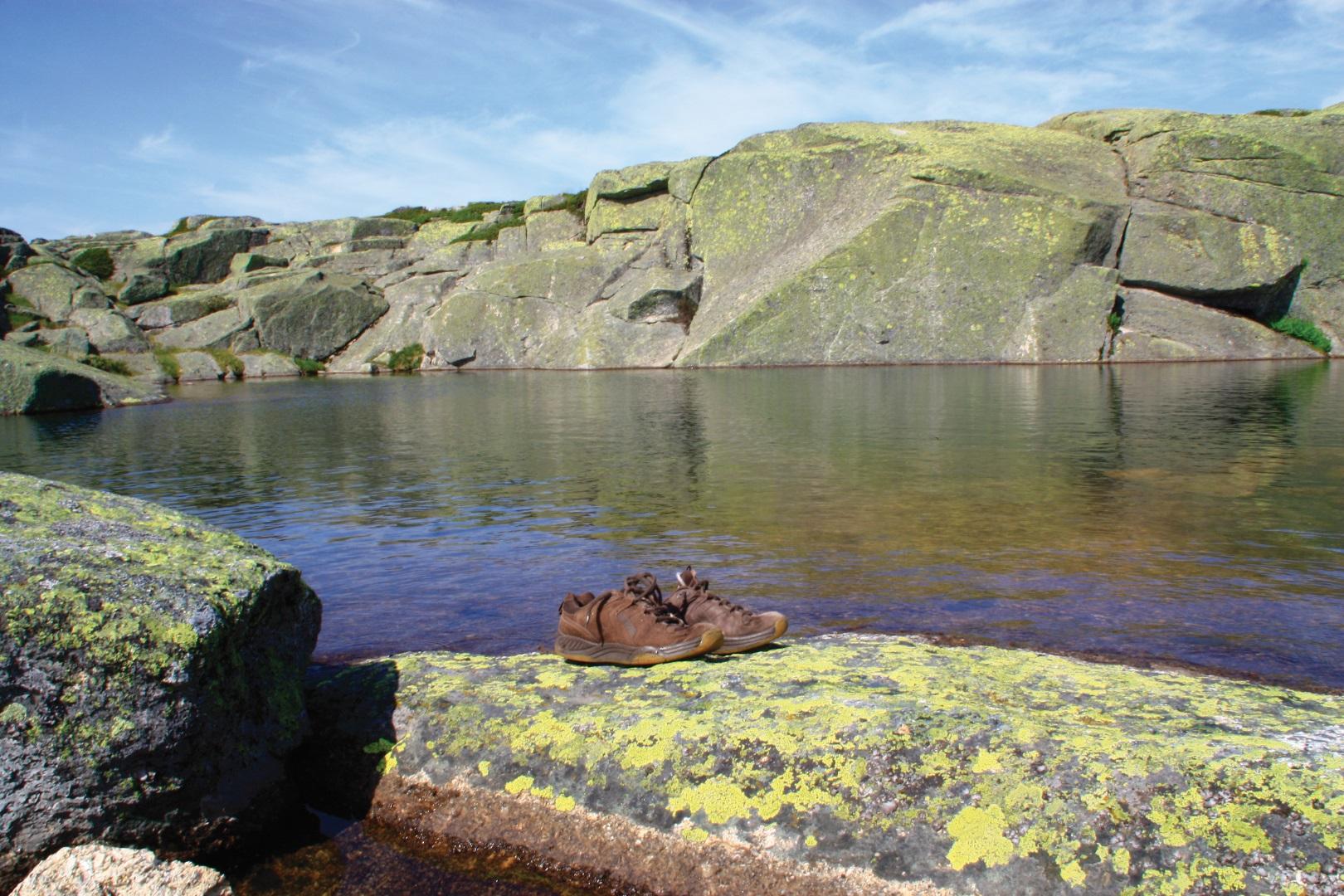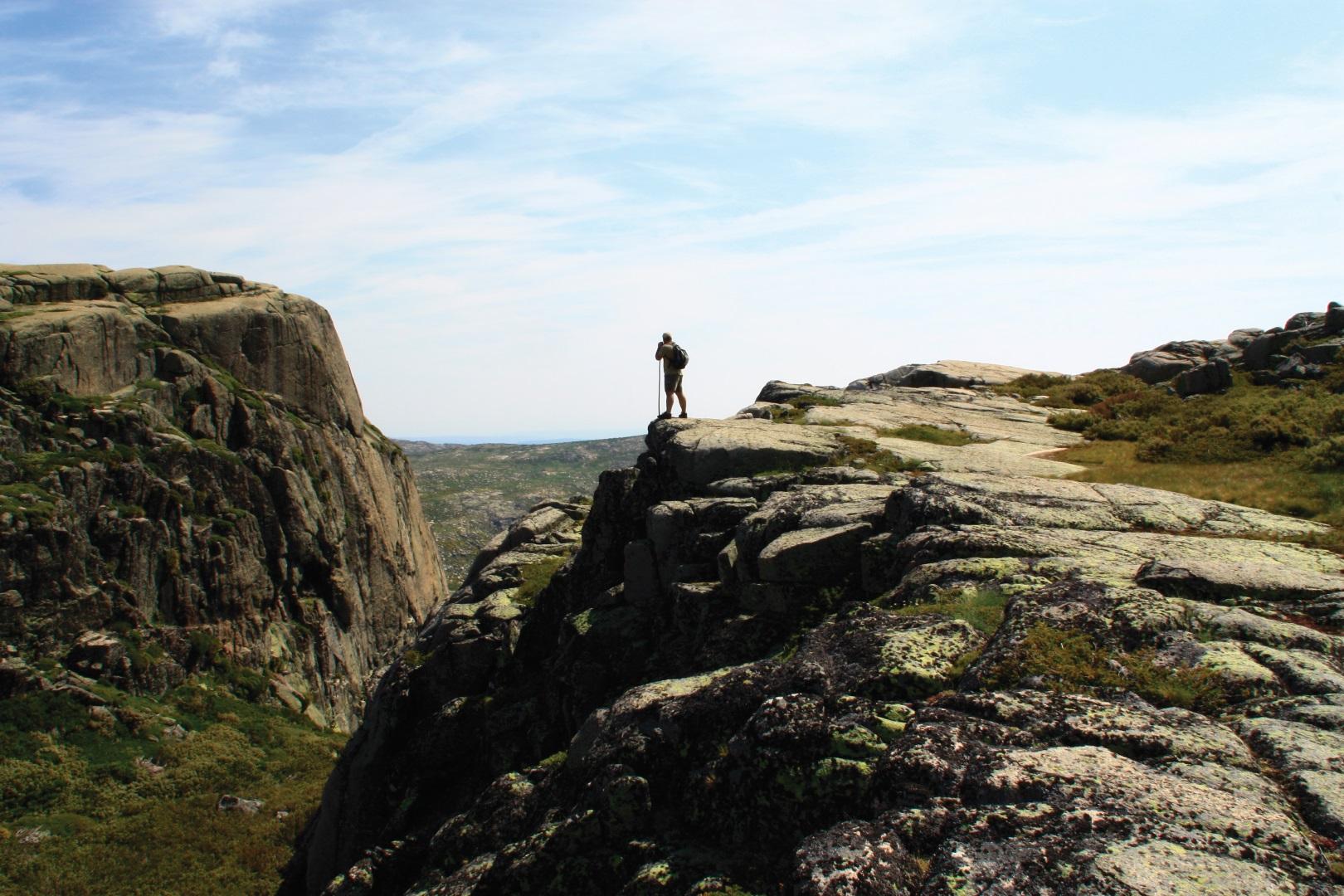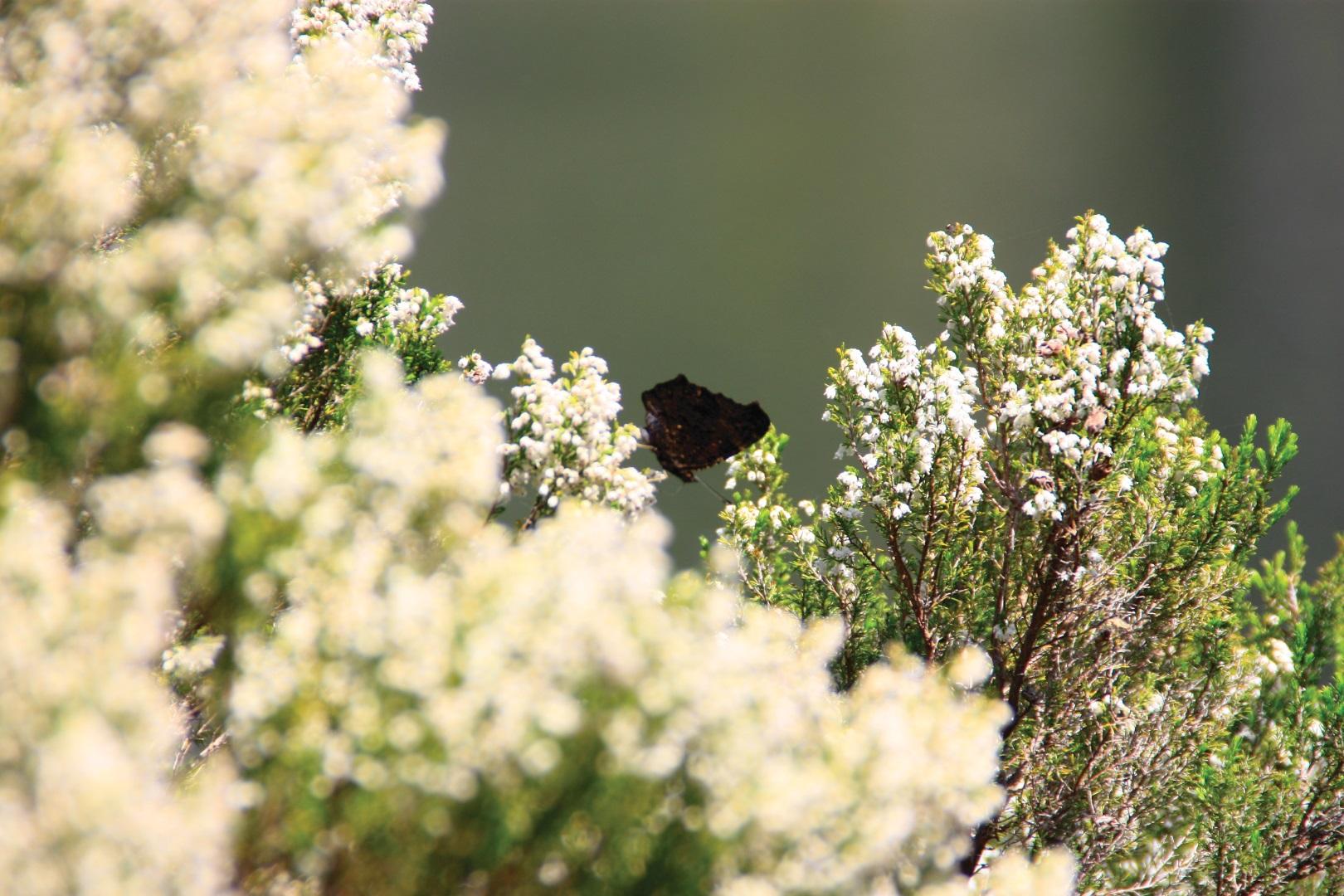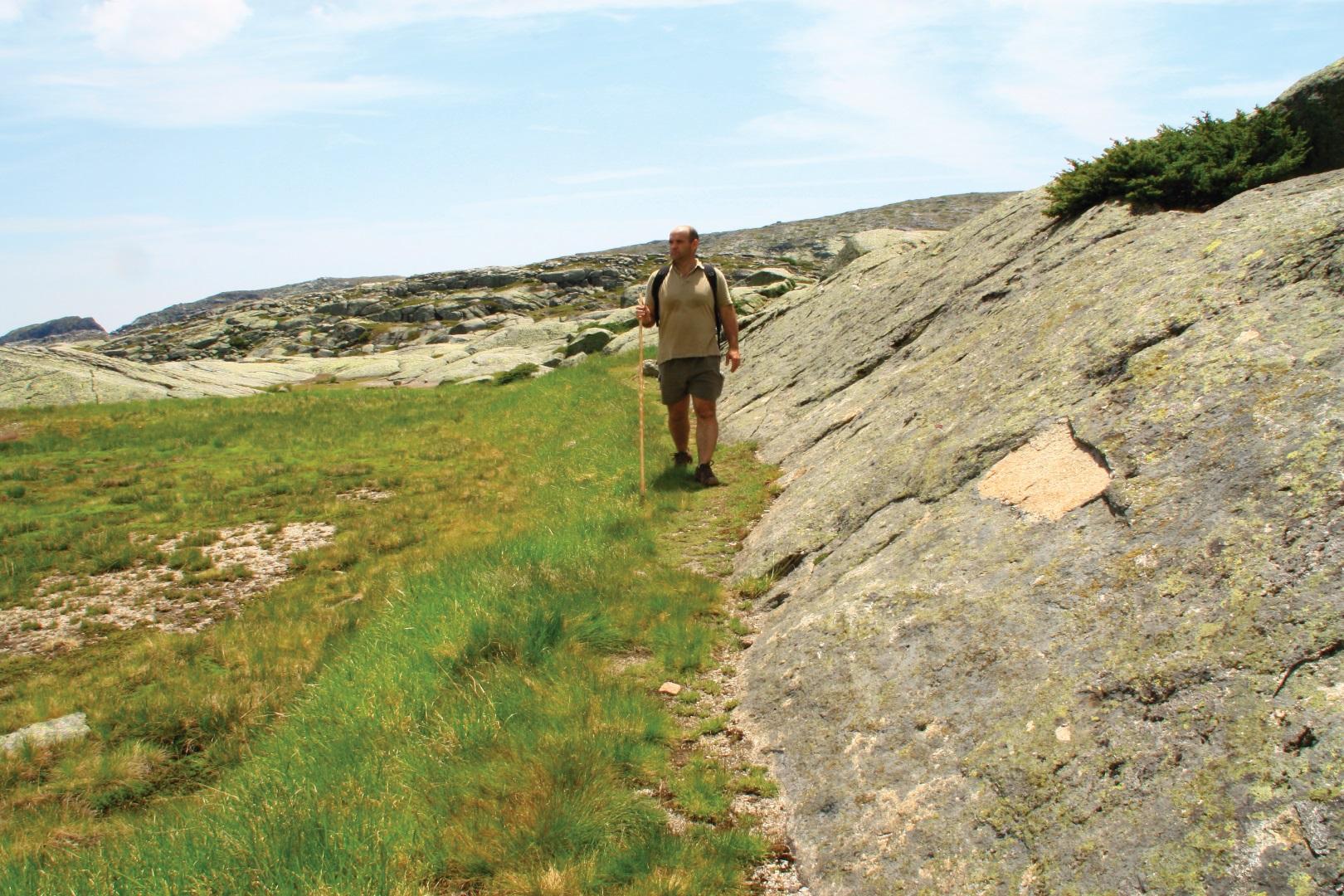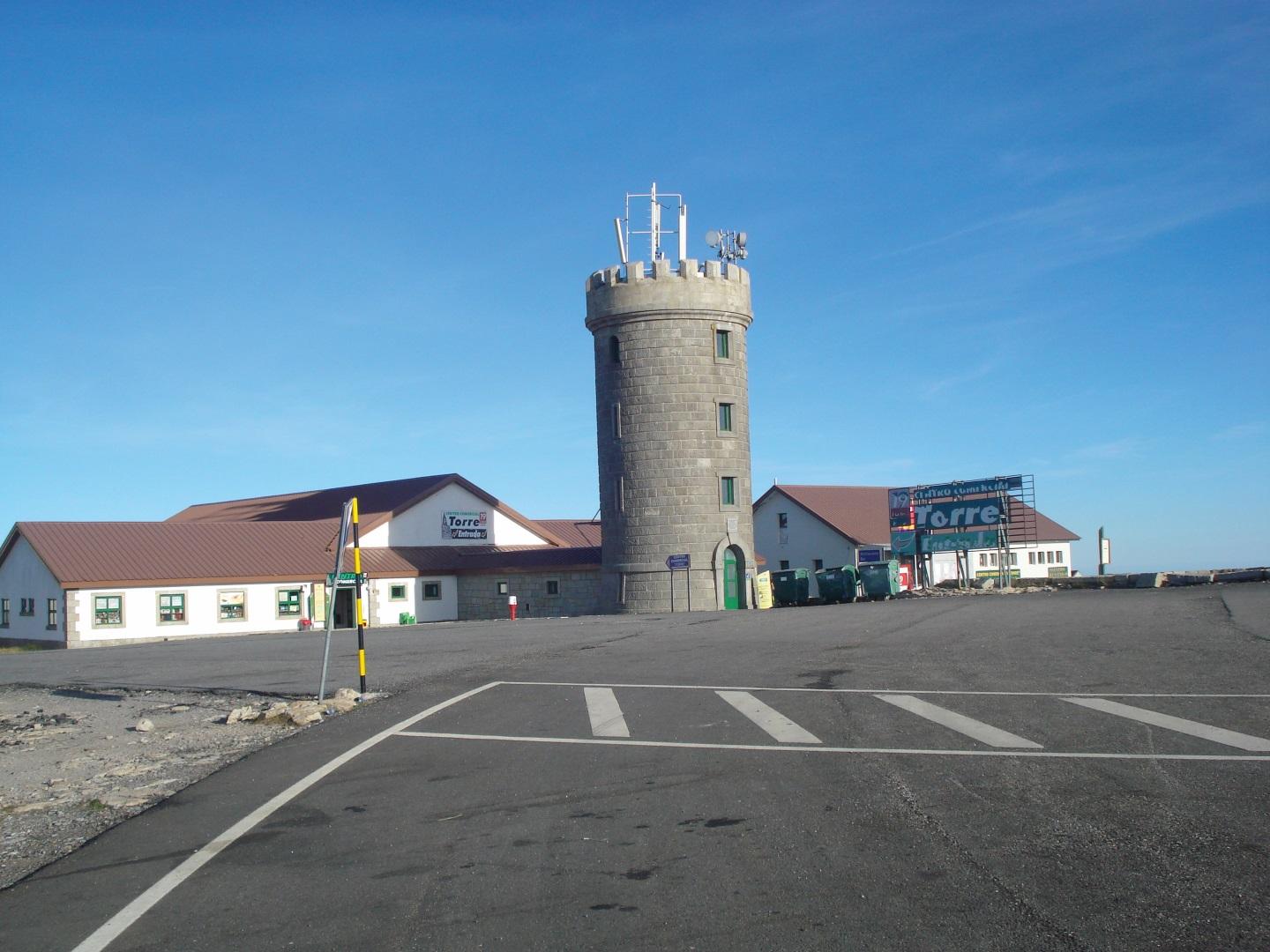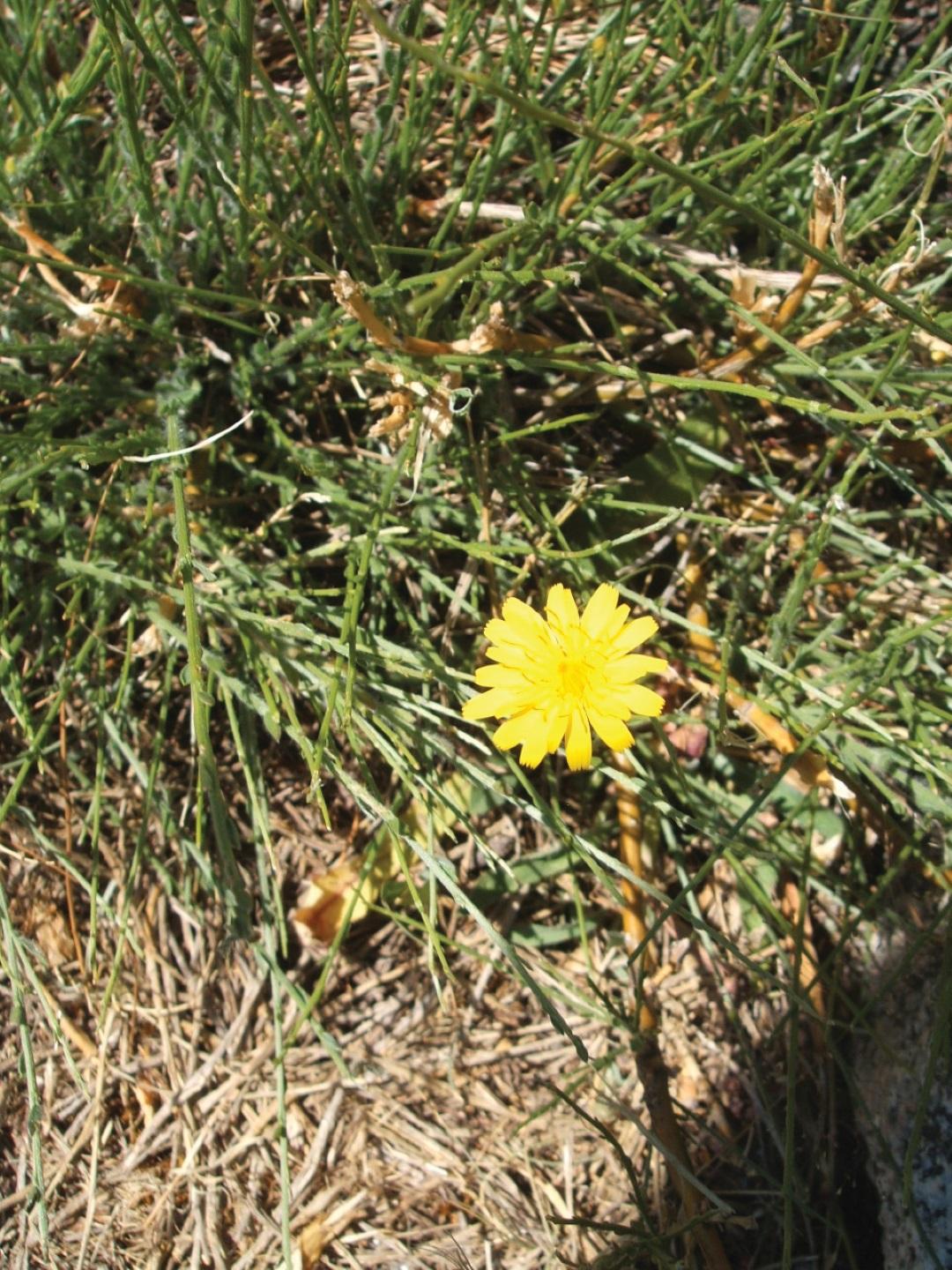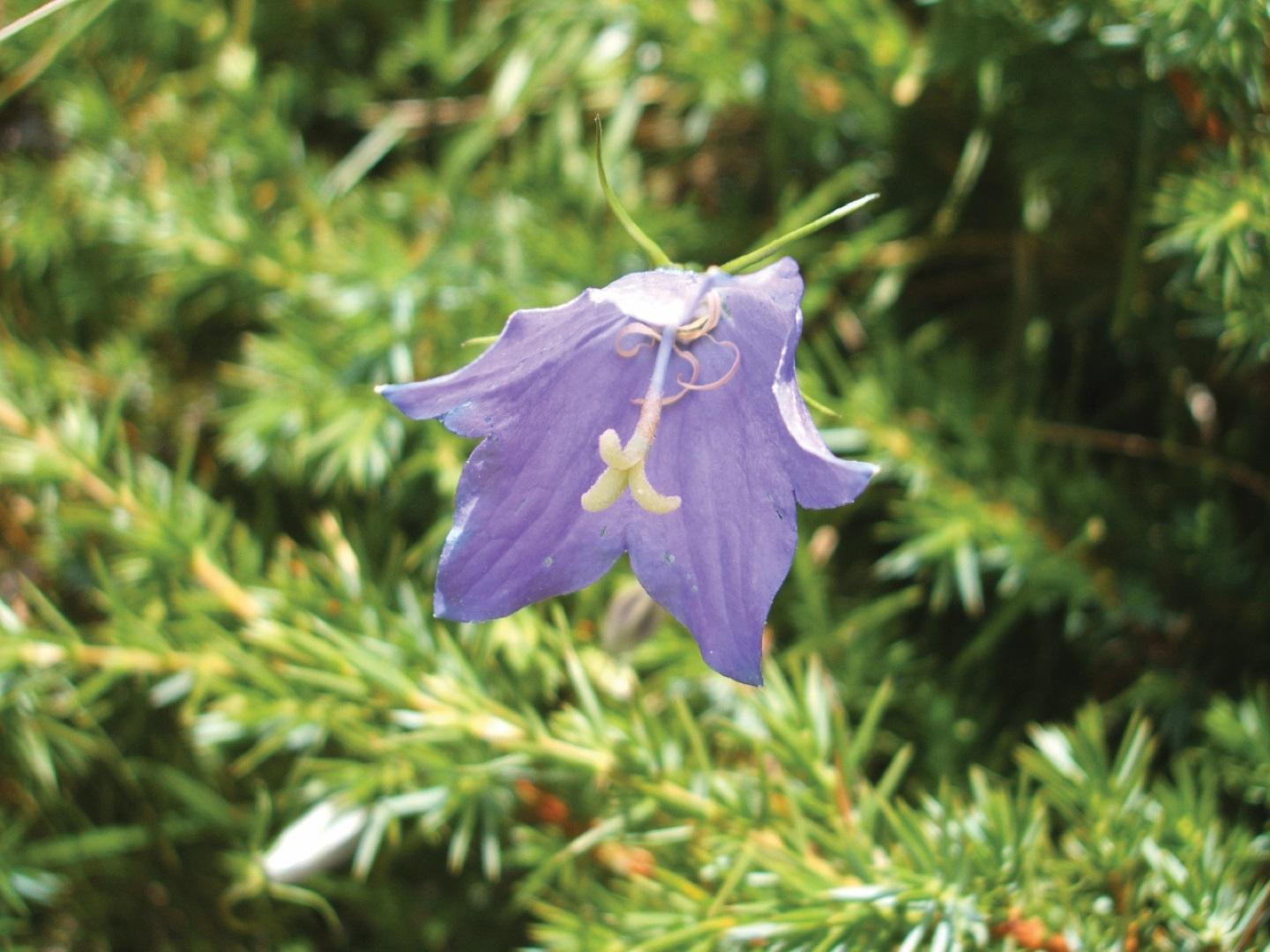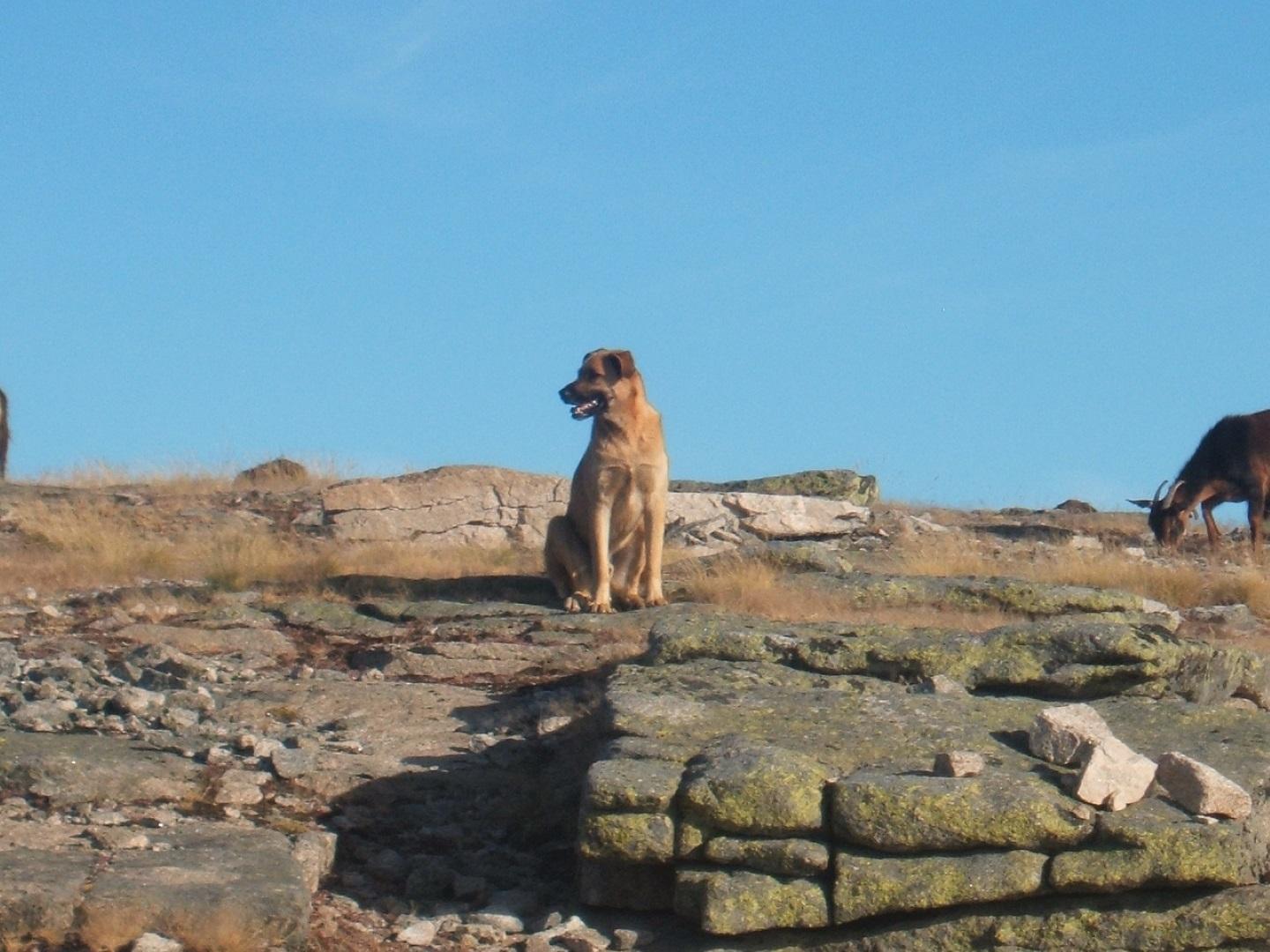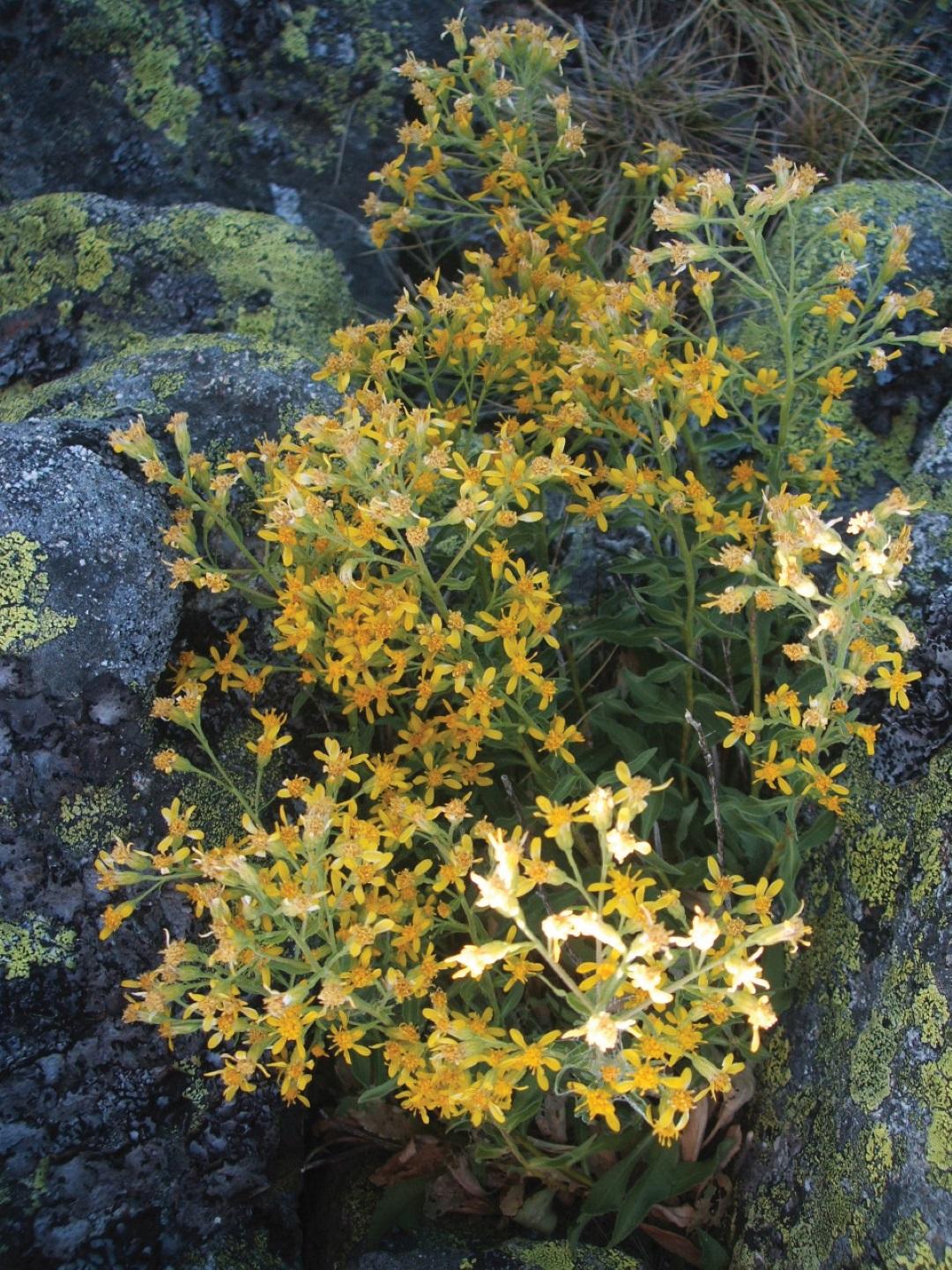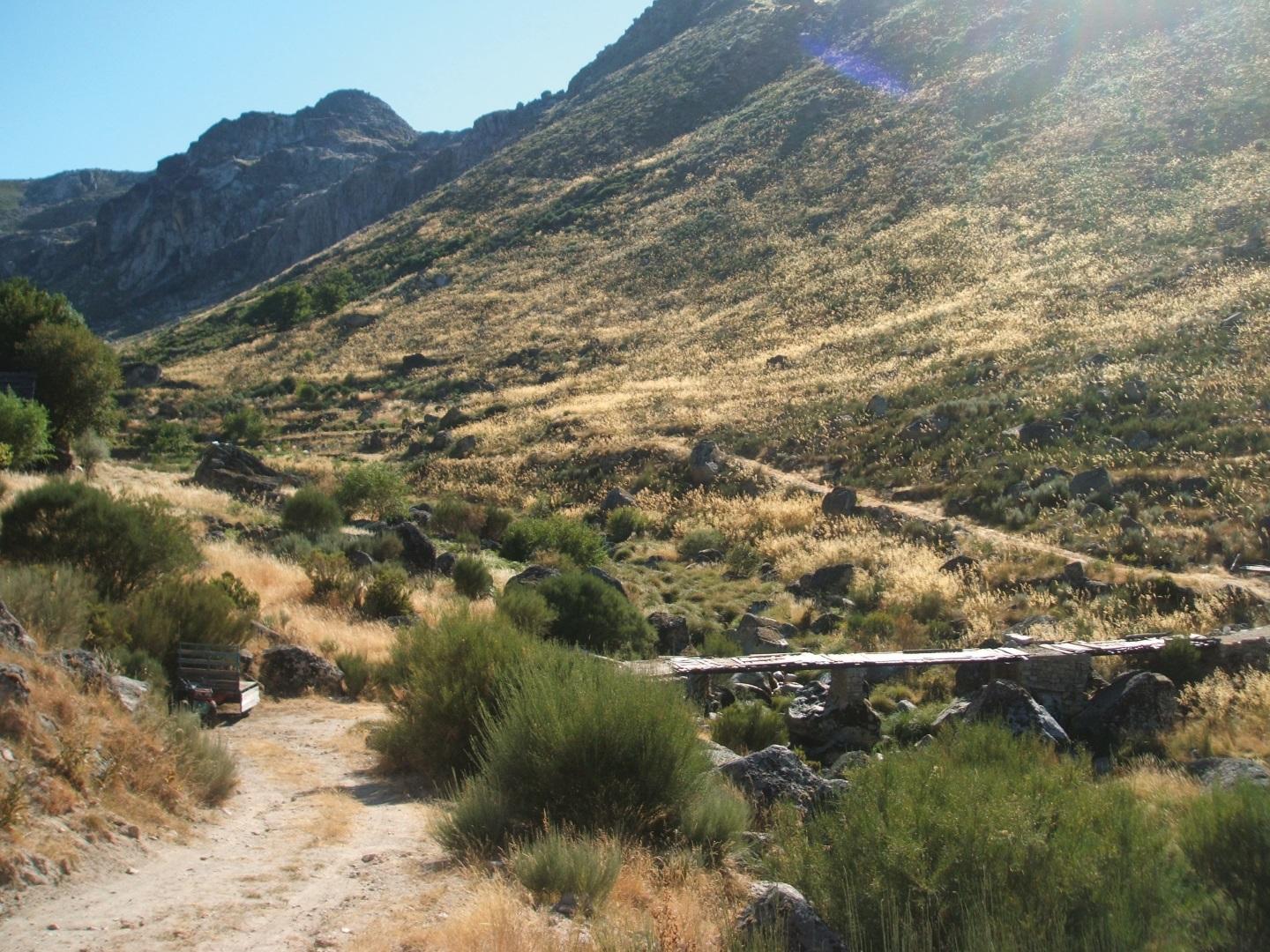
Attention: Due to the high difficulty that the route presents, we recommend the use of a GPS or the smartphone application that we provide. The walker must also have good physical capacity, energy food, water and appropriate clothing.
Starting point: at the junction of the national road to Torre. (It is recommended to start this route in Covão d’Ametade).
“Precipitated ravines, gloomy Covões, chaotic cliffs, giant hills, several fantasies of an grotesque creation, which accumulate, in disordered throng, there it has also those notes of delicate contrasts, withal nature of the roaring lion to the nightingale twittering, and the dreadful thunder storm to the plaintive whisper of the breeze.” Emido Navarro in Four days at Mountain Star (1884).
Majesty and harshness are features that turn the Massive Central Route unique in terms of layout and landscape. On this route, the walker is constantly surprised, and may contemplate emblematic places such as the Covão d’Ametade, the High Covão, the Jugs (Thin, Fat and Flat), the Salting, the Big Fish Lagoon, the “Candeeira” Stream, or the Master Nave (in the derivation to Golden Rocks – Coal Route).
The Tower, being the highest point in mainland Portugal, with 1993 meters, where D. John VI (1816-1826) order to built a stone structure to complete the 2000 meters, is one of the important places to visit. Here there are facilities for the practise of winter sports, attracting visitors from all around the country.
Due to the high precipitation and the accidental topography of the land, there are several aquatics environments that in the landscape, apparently monotonous, end up constituting singular elements, such as the Big Fish Lagoon and the Salting (set of several ponds).
In the landscape appear clippings through the vegetation, caused by grazing, living harmoniously with several species of fauna and flora. Due to its high altitude, the Central Massive became a unique place in the country, contributing to the existence of ancestral and rare species, such as the Yew, common juniper, the birch, the rowan, the cervum, the cranberry and the broad water bean. The Junipers, responding to the particular environment conditions where they develop, grows horizontally, covering the rocks with an authentic green mantle.
In what concerns to the fauna, there are traces of species with the conservation status such as the Montagu’s harrier, the Bonelli’s Eagle, the Eagle owl, the shorted toe Eagle, the wild rabbit and the Alpine Accentor. Facing the risk of extinction are, the Pyrenean desman, Iberian rock lizard, snub-nosed viper, the common sandpiper and the pilgrim falcon.
- Route PR5MTG
-
- Name: Central Massive
- Type: Circular
- Coordinates of the beginning W: 7º36'23,61"W 40º19'41,06"N
- Height at the beginning: 1931 m
- Minimum height: 1423 m
- Maximum height: 1931m
- Advised direction: watch hands
- Difficulty: Difficult
- Extension: 10 km | 19,6 km (with leads)
- BTT: No
- Useful Documents



